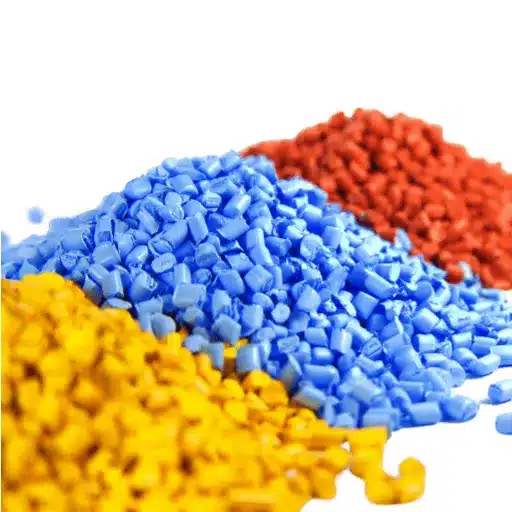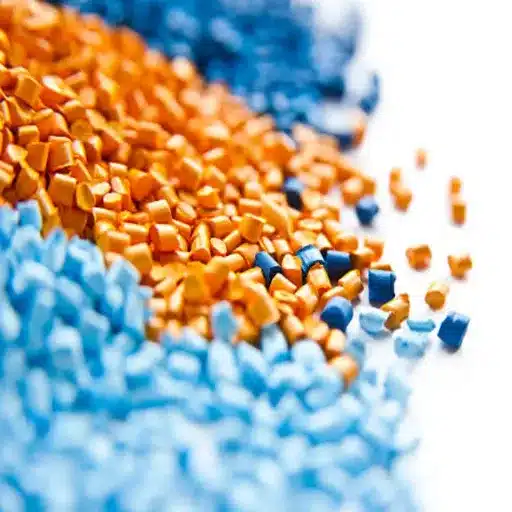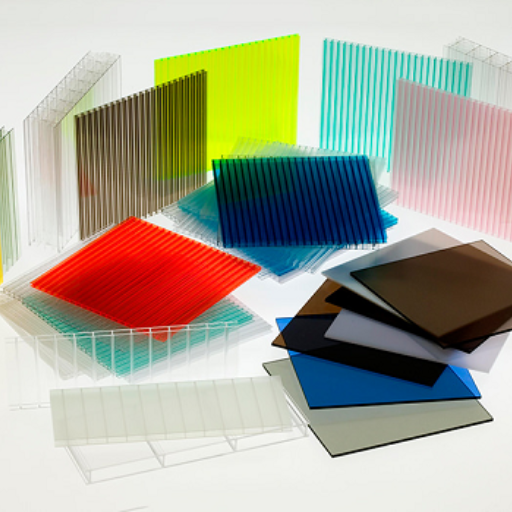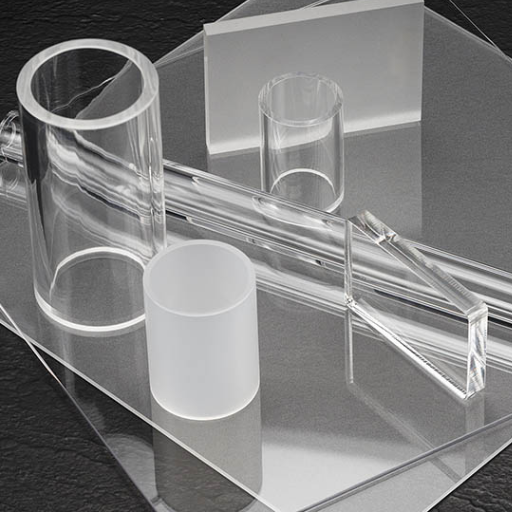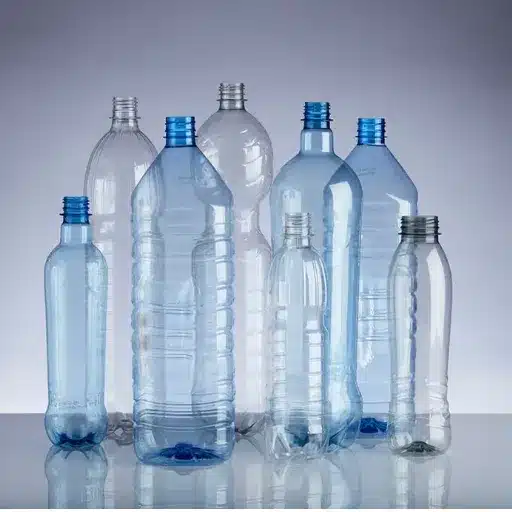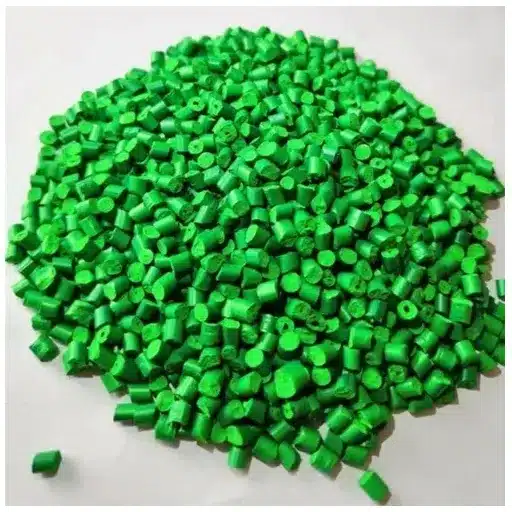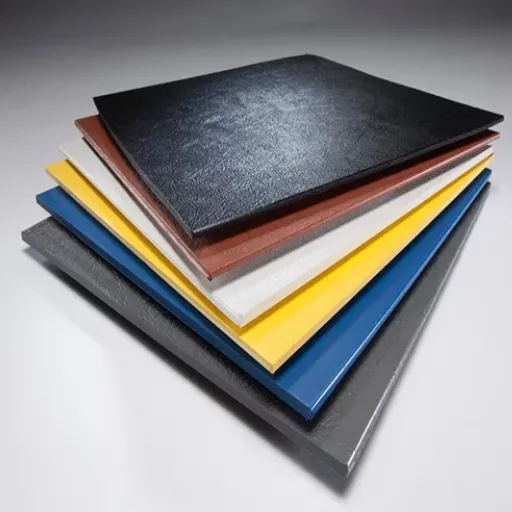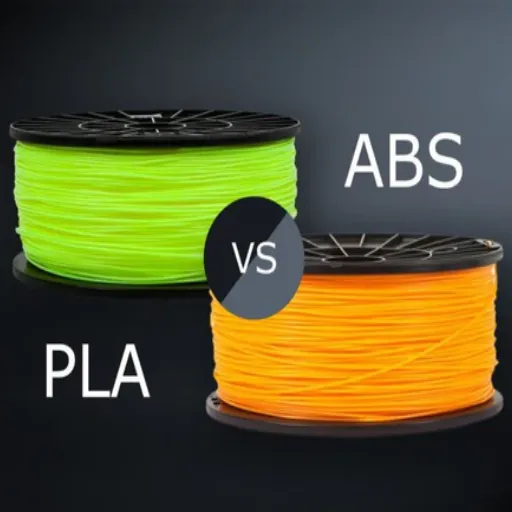Plastic is one of the major materials that we use every day, but there are still different kinds of plastic. One of the most popular and well-known ones is Polyethylene Terephthalate or PET plastic. This type of plastic is used in various products like water bottles and food containers. Above all, it is appreciated for its properties of being light, strong, and recyclable. But the debate over its environmental impact continues as industries and consumers find it hard to choose between convenience and sustainability. In this comprehensive guide, we’ll explore the realm of PET plastic—its uses, benefits, and the growing concerns about the pollution it causes. We’ll examine the modern life role of PET and see how joint efforts can determine its future impact on the earth.
Introduction to Polyethylene Terephthalate
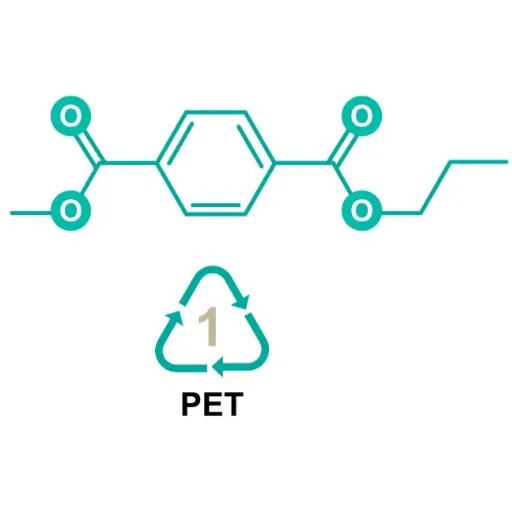
What is Polyethylene Terephthalate (PET)?
Polyethylene Terephthalate, or PET for short, is a plastic that is widely used in packaging mainly because of its strength, flexibility, and lightness. It is a type of polyester, which is made by combining two kinds of chemicals—ethylene glycol and terephthalic acid. The end product is a strong and translucent material.
Primary Applications of PET
- Beverage bottles: Soda bottles and water containers
- Food packaging: Containers for various food products
- Textile fibers: Synthetic materials for clothing
Recent studies show that PET is completely recyclable and has the highest reuse rate compared to other types of plastics. As a result, it is widely used in industries that are looking for eco-friendlier materials. Nevertheless, it is responsible for plastic pollution due to improper disposal and the difficulties in recycling. Hence, plastic waste management systems need to be improved and more consumers need to be educated about it.
Chemical Structure and Properties of PET
Polyethylene Terephthalate (PET) is a polymer formed through the condensation reaction of ethylene glycol and terephthalic acid. Its chemical structure is made up of repeating units of ethylene terephthalate that make long chains of the polymer, which gives the material its key strength and durability features.
Key Chemical Properties
- High transparency for product visibility
- Excellent moisture barrier properties
- High strength-to-weight ratio
- Melting point between 250-260°C
- Good heat resistance
- Chemical resistance against oils and dilute acids and bases
The most recent research has shown that the latest recycling technology has produced rPET (recycled PET), which when treated properly, has the same mechanical properties as virgin PET. Consequently, this has led to the material being more accepted in sustainable manufacturing practices around the world, where the global recycling rate of PET is estimated to be about 29%, as recent studies indicate, thus highlighting its increasing role in the circular economy. The improvement of global recycling infrastructures and public participation plays a vital role in gaining the full benefits of PET as a sustainable material.
Physical Properties of Polyethylene Terephthalate
Polyethylene Terephthalate, or PET as it is more commonly referred to, is a material that is celebrated for its remarkable physical properties which make it suitable for a variety of applications.
| Property | Value/Description |
|---|---|
| Melting Point | ~250°C (482°F) |
| Tensile Modulus | 2.8 – 3.1 GPa |
| Density | ~1.38 g/cm³ |
| Transparency | Glass-like clarity |
| Barrier Properties | Excellent resistance to water and chemicals |
| Thermal Stability | Suitable for both cold and hot conditions |
Besides being very light, PET also has very good tensile strength, making it tough for various uses. Its density allows it to have the right amount of strength while still being able to bend. In addition, PET is very difficult to penetrate by water and almost all chemicals, and this feature is one of the reasons why it has become the major material in the food and drink industry. Since PET is transparent and has a glass-like look, it is not only functional but also very attractive aesthetically. The development of material processing has also improved its resistance to impact, hence making it more reliable in highly used situations. When you think of these properties and the recyclability of PET, it is still a material favored by both industrial and consumer application areas.
Applications of Polyethylene Terephthalate

PET in Food and Beverage Packaging
Polyethylene Terephthalate (PET) has brought a pack of changes in the food and beverage packaging sector with its diverse and outstanding properties along with the capability to fulfill modern demands with safety, functionality, and eco-friendliness.
Key Statistics: PET in Beverage Packaging
100%
Recyclable packaging solutions available
Advantages of PET in Food & Beverage Packaging
- Lightweight design: Decreases transportation costs and carbon footprint
- Excellent barrier properties: Protects contents from outside impurities and increases shelf life
- Safety: Food-grade material approved for direct contact with consumables
- Innovation: Resealable and reusable packaging options available
- Environmental responsibility: 100% recyclable material supports circular economy
All these properties make PET a strong candidate to be the number one packaging material for the food and beverage industries in today’s market.
Use of PET in Textiles and Apparel
Polyethylene Terephthalate (PET) has become the key player in the textiles and apparel market because of its long life, multifunctionality, and eco-friendliness. PET is mainly responsible for the production of polyester fibers, which are the most popular synthetic fabric types.
Why PET Dominates Textile Manufacturing
- Durability: Long-lasting fibers that withstand regular use
- Shape retention: Maintains form even after multiple washes
- Shrinkage resistance: Minimal dimensional changes over time
- Versatility: Suitable for apparel, sportswear, and home textiles
- Sustainability: Increasing use of recycled PET (rPET) in fashion
The latest research and market analysis indicate that the demand for recycled PET (rPET) in the fashion industry is on the rise, and this is in line with the increasing focus on sustainability. Several companies are using rPET to make green clothes, thus being a part of the circular economy that turns plastic waste into new products. This change not only helps in dealing with the environment but also satisfies the increasing consumer demand for sustainable fashion.
Automotive Components Made from PET
Polyethylene Terephthalate (PET) has become a hot choice in the automotive world because of its multipurpose nature, sturdiness, and ability to be recycled. Today the automotive industry is using PET (sometimes even rPET, reclaimed material) in diverse applications.
| Automotive Component | Benefits of Using PET |
|---|---|
| Seat Covers | Durability, comfort, and easy maintenance |
| Door Panels | Lightweight design contributes to fuel economy |
| Under-the-Hood Parts | Heat resistance and structural strength with reduced weight |
PET’s inherent strength plus its lightness make the material a good candidate for contributing to fuel economy, all the while keeping the safety standard. Latest data shows that there is great interest among automobile makers for recycling materials in their process, reflecting the industry’s commitment to sustainability practices. Consumers as well as manufacturers are looking for information on rPET’s novel application in car production, which indicates a growing trend in the industry to minimize the carbon footprint of these products. The auto industry is addressing both the environmental and performance aspects by using PET.
Environmental Impact of PET
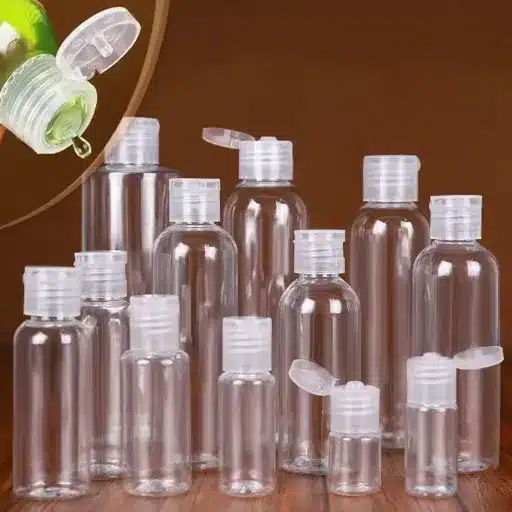
Plastic Pollution and PET’s Role
Plastic pollution continues to be one of the greatest environmental problems globally, with millions of tons of plastic waste every year getting piled up in landfills and natural habitats. PET, or polyethylene terephthalate, plays a dual role in this scenario.
⚠️ The Challenge
The very properties that make PET lightweight and resistant to harsh conditions also contribute to massive accumulation of plastic waste in the environment.
✓ The Opportunity
PET has the highest recycling rate among all plastics, making it a distinctive material with significant potential for sustainable applications.
With data suggesting that PET has the greatest rate of recycling among all plastics, interest in its application in industries such as auto manufacture, textile, and packaging is on the rise. The recent interest in technologies to recycle and ways to utilize recycled PET (rPET) is a sign of the growing need for plastic waste mitigation methods. The sustainable application of PET can help the manufacturing sector in cutting down the pollution resulting from their products, meeting performance requirements while reducing environmental burden.
Landfill Accumulation of PET Products
The issue of PET products in landfills remains a pressing environmental concern. Every year, while millions of tons of PET are being recycled, thousands of tons are still thrown away, causing environmental damage because PET cannot decompose naturally.
Critical Environmental Concerns
- Longevity in landfills: PET can persist for hundreds of years without decomposing
- Chemical leachate: Potential contamination of soil and groundwater
- Space consumption: Significant contribution to landfill volume
- Resource waste: Valuable material lost instead of being recycled
The teams that designed PET created something very tough for production use, but this durability has become a double-edged sword. Without an efficient recycling system in place, PET will be sent to landfills where it will literally lie around for hundreds of years. The trends in searches show that more and more people are looking for solutions for non-recyclable PET, such as transforming it into building materials or using it to generate power, which indicates a joint effort to address the problem of plastic accumulation effectively.
Microplastic Shedding from PET
Microplastic shedding from PET ranks amongst the key sources of environmental pollution, with tiny plastic particles being released as a result of everyday use or through washing and weathering. PET-based fabrics, with polyester clothing being the mainstay, are major contributors to microplastic entry into both oceanic and terrestrial ecosystems.
Solutions to Reduce Microplastic Pollution
Consumer Actions
Adopt sustainable laundry methods and reduce washing frequency
Technology Solutions
Use filtration systems designed to capture microplastic fibers
Material Alternatives
Explore biodegradable alternatives to traditional PET fabrics
The latest search patterns reveal that the public is becoming more aware of the damage done by microplastics and is actively looking for ways to deal with the issue. This signals heightened public awareness and an active search for solutions to lessen the microplastic pollution impact. The combination of consumer support with technology such as filters for catching microfiber or biodegradable alternatives offers a great chance that the issue will be addressed more efficiently.
Recycling Polyethylene Terephthalate
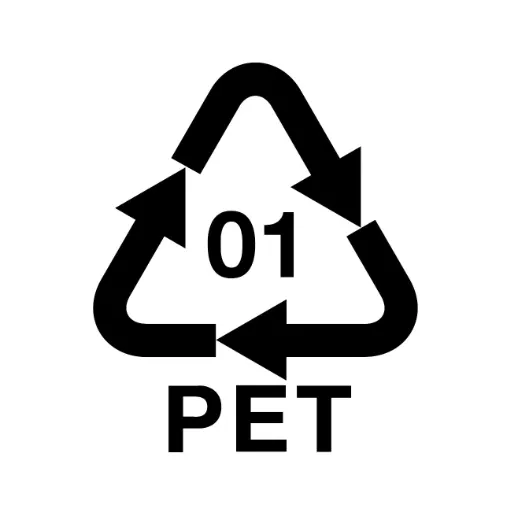
Mechanical Recycling Methods for PET
Mechanical recycling is a method where polyethylene terephthalate (PET) is transformed into new materials without major alterations to its chemical structure through collection, sorting, and reprocessing.
The Mechanical Recycling Process
- Collection: PET bottles and packaging materials are gathered from waste streams
- Sorting: Materials are categorized using advanced technologies like AI-powered optical sorters
- Cleaning: Contaminants are removed to ensure material purity
- Shredding: Materials are cut into small pieces or flakes
- Reprocessing: Flakes are melted and transformed into new PET products such as containers or textile fibers
Recent statistics indicate that there is rising public interest in sustainable practices, proven by increasing searches for recycling technologies and eco-friendly materials. The efficiency of sorting technologies, such as AI-powered optical sorters, is one of the factors beginning to attract attention. The ongoing discussion about closed-loop recycling systems indicates that the public is aware of initiatives conducted in the recycling market by producing high-quality products from recycled PET, thus decreasing demand for virgin plastics. This greater awareness fits well with efforts to implement circular economy models and further confirms the mechanical recycling process as a crucial player in solving plastic waste problems.
Chemical Recycling of PET: Processes and Challenges
Chemical recycling of PET (polyethylene terephthalate) means breaking down plastic waste into its original monomers or other useful chemical components through the use of glycolysis, methanolysis, or depolymerization. Chemical recycling permits the creation of virgin-like PET products that guarantee high-quality end products, while mechanical recycling only reprocesses the plastic physically.
✓ Advantages
- Produces virgin-like quality PET
- Can handle contaminated materials
- Breaks down to molecular level
- Enables infinite recyclability
- Overcomes mechanical recycling limitations
⚠️ Challenges
- High energy consumption
- Economic feasibility concerns
- Scalability limitations
- Need for catalyst efficiency improvements
- Process optimization requirements
Recent trends show that besides the high global focus on sustainability and decreasing plastic waste, there is significant interest in chemical recycling technologies. Data also shows that there is an increasing number of searches related to alternatives for hard-to-recycle plastics management, which means that people are trying to find ways to overcome the restrictions of traditional recycling processes. Continuous improvements in catalyst efficiency and process optimization for making the technology less energy-consuming remain major factors in the overall sustainability of chemical recycling.
If these obstacles can be overcome, the chemical recycling method can work hand-in-hand with mechanical ones, thus creating a stronger framework for combating plastic pollution and helping the circular economy concept develop further.
Efficiency of Current PET Recycling Practices
Efficiency of current PET recycling practices has huge disparities across different regions, as it is highly dependent on the quality of local recycling infrastructures and technologies.
| Region/Category | Recycling Rate | Key Factors |
|---|---|---|
| Global Average | ~54% | Varies significantly by infrastructure |
| Developed Regions | 70%+ | Comprehensive collection systems, public awareness campaigns |
| Developing Regions | Below 30% | Limited waste management infrastructure |
Current Challenges in PET Recycling
- Contamination issues: Foreign materials reduce quality of recycled PET
- Material degradation: Repeated mechanical recycling leads to inferior quality
- Food-grade restrictions: Degraded rPET cannot be used in food-grade applications
- Cost barriers: Chemical recycling remains expensive and difficult to scale
- Infrastructure gaps: Many regions lack adequate collection systems
Mechanical recycling is the main technique applied, but problems of contamination and material degradation lead to inferior quality of recycled PET, which is a hindrance for their application in food-grade products. There is research in chemical recycling that can help solve such challenges as it can further reduce PET down into its original monomers, but the problem of costs and the scale of operations persists. Enhancing collection systems, pouring funds into creative technologies, and getting the public involved are the steps to take in order to better the overall efficiency and efficacy of PET recycling processes.
Innovations and Future Directions
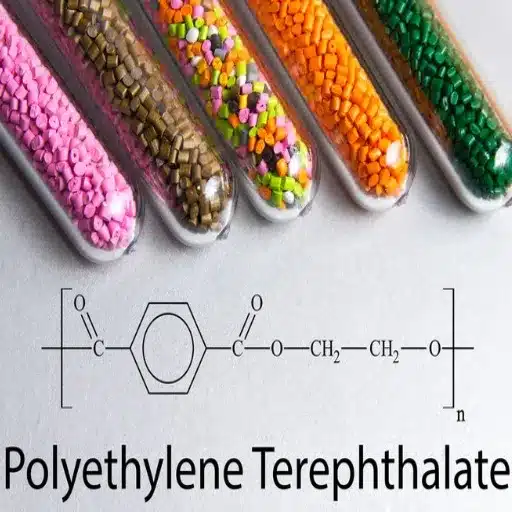
Emerging Sustainable Alternatives to PET
The search for sustainable substitutes for PET has speeded up, and simultaneously, a number of new materials and technologies have been discovered that are likely to play an important role in this area.
Promising PET Alternatives
PLA (Polylactic Acid)
Source: Corn starch, sugarcane
Benefits: Biodegradable, smaller carbon footprint
Challenges: Performance limitations, higher production costs
PHAs (Polyhydroxyalkanoates)
Source: Organic waste
Benefits: Fully biodegradable, renewable
Challenges: Scalability, cost considerations
PEF (Polyethylene Furanoate)
Source: 100% plant-based materials
Benefits: Superior barrier properties, better preservation than PET
Status: Near-term large-scale production expected
Bioplastics, like PLA (polylactic acid) and PHAs (polyhydroxyalkanoates), are catching the eye for their biodegradability and smaller carbon footprint over traditional petroleum-based plastics. These substitutes made from renewable sources are not only eco-friendly but also provide a path to sustainability. However, limitations in performance and higher production costs need to be worked upon for the material to be widely used.
Another interesting trend is the emergence of bio-polyethylene furanoate (PEF), a 100% plant material with excellent barrier and thermal properties compared to PET. PEF is very applicable in beverages as it allows better preservation than PET. Estimates show that PEF can be produced in large quantities in the very near future with manufacturing processes becoming more efficient and less expensive.
Moreover, continuous improvements in chemical engineering are motivating the availability of better recycling systems for biodegradable and hybrid polymers, thereby extending the lifetime of sustainable materials. Joint efforts of industries, governments, and research institutes are still very much needed in speeding up the commercialization of these alternatives while reducing negative environmental impact.
Bio-Based Plastics and Their Potential
Plastics that are bio-based and made from renewable biomass sources like corn starch, sugarcane, and vegetable oils are gradually replacing conventional petroleum-based plastics and getting significant attention as sustainable alternatives.
Key Statistics: Bio-Based Plastics Market
2.2M
Tons of bio-based plastics produced globally in 2022
↑
Continuous growth driven by environmental concerns and regulations
Benefits of Bio-Based Plastics
- Reduced dependence on fossil fuels
- Lower greenhouse gas emissions
- Renewable resource utilization
- Potential for biodegradability
- Support for circular economy
Challenges to Address
- Production scaling difficulties
- End-of-life management complexities
- Higher current production costs
- Infrastructure requirements
- Performance optimization needs
Recent statistics indicate that worldwide production of bio-based plastics has reached about 2.2 million tons in 2022, with increasing environmental concerns and strict regulatory policies being indicated as the main reasons for the gradual growth of this segment. By using these materials, the world would not only be reducing its dependence on fossil fuels but would also potentially lower greenhouse gas emissions during their lifecycle.
Among the various ways to tackle concerns about bio-based plastics would be the use of new technologies like enzymatic breakdown of bio-based plastics and the development of compostable materials. The support of consumers, together with collaborative policies, will not only serve to unlock the complete potential of bio-based plastics but will also lead to the establishment of sustainable consumption patterns.
Future Trends in PET Recycling and Sustainability
The future of PET recycling will be greatly impacted by innovative technologies and the global sustainability and recycling commitment that gets stronger every day.
Emerging Technologies & Trends
🔬 Advanced Chemical Recycling
Depolymerization processes transform PET back to its constitutive parts for recomposition without quality loss, resolving contamination issues in conventional mechanical recycling and enabling infinite recyclability.
🤖 AI-Powered Sorting
Machine learning-based technologies improve accuracy in categorizing recycled materials, allowing precise separation of PET from waste streams.
⚖️ Extended Producer Responsibility (EPR)
Regulations gaining ground globally make it mandatory for producers to take charge of managing PET products throughout their entire lifecycle.
🌱 Bio-Based PET Production
Utilizes renewable resources instead of fossil sources, reducing environmental impact while maintaining recyclability.
As per the most recent statistics, the global PET recycling market is set to experience a huge increase in its size, which is consistent with consumers’ growing concern and legislative mandates on plastic waste reduction. This reflects combined approaches conducive to the goal of a circular economy that puts the issues of sustainability, innovation, and collaboration among industries at the forefront as driving factors for a greener future.
Frequently Asked Questions (FAQ)
What is polyethylene terephthalate and what are its applications?
Polyethylene terephthalate (PET) is a thermoplastic polymer resin and one of the most common and versatile substances available. Its major application is in the production of plastic bottles, and it is the most widely consumed material for food packaging. PET is strong, lightweight, and provides a great barrier for keeping freshness in packaged products. Furthermore, PET is used for manufacturing PET film and PET fiber as well. The diversity of polyethylene terephthalate has made it a precious material in many industries.
How does the recycling of polyethylene terephthalate work?
The recycling of polyethylene terephthalate includes a number of operations that change used PET bottles into new products. Collecting and sorting post-consumer PET is the first step, which is then followed by cleaning to eliminate impurities. The whole process involves tasks like shredding and melting to produce recycled PET resin. New PET bottles or other packaging materials are then made from this recycled PET.
The recycling process provides double benefits as it not only diminishes the need for natural resources but also lightens the environmental load by reducing waste polyethylene terephthalate. Besides, the recycling of PET bottles supports a circular economy where used PET bottles are turned into a valuable asset, not a waste product.
What are the physical properties of polyethylene terephthalate?
The physical properties of polyethylene terephthalate make it an excellent material choice for numerous applications. PET has high tensile strength, achieves good dimensional stability, and resists moisture and chemical degradation. These factors together allow PET to keep its shape and integrity, even under pressure, which is a characteristic feature for packaging solutions.
Additionally, the molecular structure of PET leads to good clarity and gloss which attracts consumers’ eyes to products. The molecular weight of PET may differ, which will have a varying effect on thermal and mechanical properties, further determining the range of applications in which a particular grade of PET is suitable.
What is the impact of PET on the environment?
The impact of PET on the environment is a major concern as its widespread use and disposal raise issues. Though polyethylene terephthalate is recyclable, still a large number of PET bottles find their way to landfills, which adds to plastic pollution. The process of breaking down PET takes years, which leads to ecosystems being affected with time.
Nevertheless, continuous research in the field of PET depolymerization and other recycling technologies provides hope for the alleviation of these negative impacts by turning waste PET back into raw materials. It is very important to raise awareness about PET bottle recycling and discourage single-use plastics in order to keep the environmental footprint of PET as small as possible.
In what ways does polyethylene terephthalate differ from other plastics?
Polyethylene terephthalate is unique among other plastics with its properties and applications being distinctive. In contrast to some plastics that can cause the release of toxic substances, PET is deemed safe and is therefore allowed to be used for food packaging in most cases. In addition, PET’s unique recycling feature is a major plus as it is turned into new products with no significant quality destruction.
On the other hand, compared to compostable substitutes like PLA, PET remains reliable and can still effectively prevent spoilage for long durations. Thus, the wide range of applications for PET allows it to compete with different categories of plastic, from being a barrier material to textiles and packaging, making it a very useful material in contemporary manufacturing processes.
Conclusion
Polyethylene Terephthalate (PET) stands at the crossroads of convenience and environmental responsibility. While its remarkable properties have made it indispensable in modern life—from beverage bottles to automotive components—the environmental challenges it presents cannot be ignored. The path forward requires a multifaceted approach: improving recycling infrastructure, advancing chemical recycling technologies, developing sustainable alternatives, and fostering consumer awareness. Through collaborative efforts among industries, governments, researchers, and consumers, we can harness PET’s benefits while minimizing its environmental footprint, paving the way for a more sustainable future.







